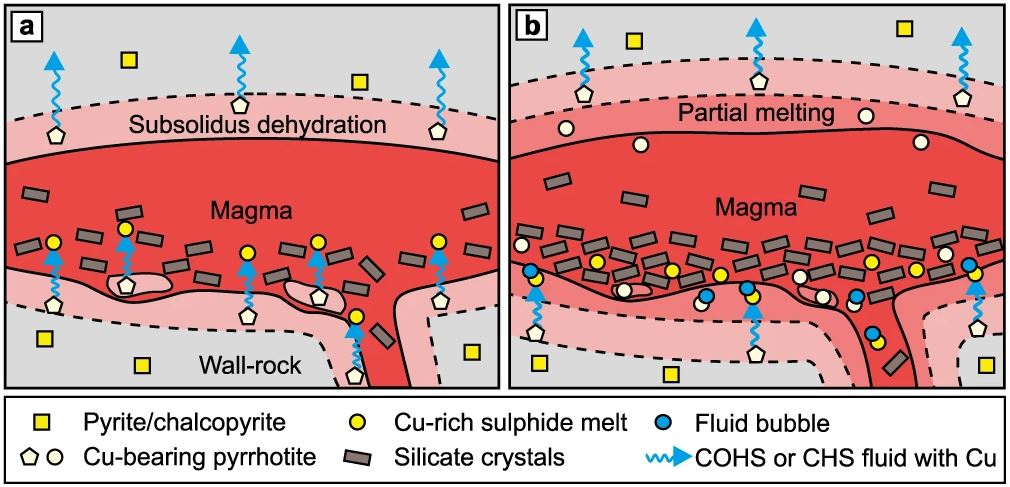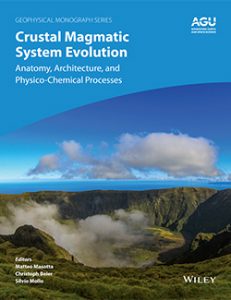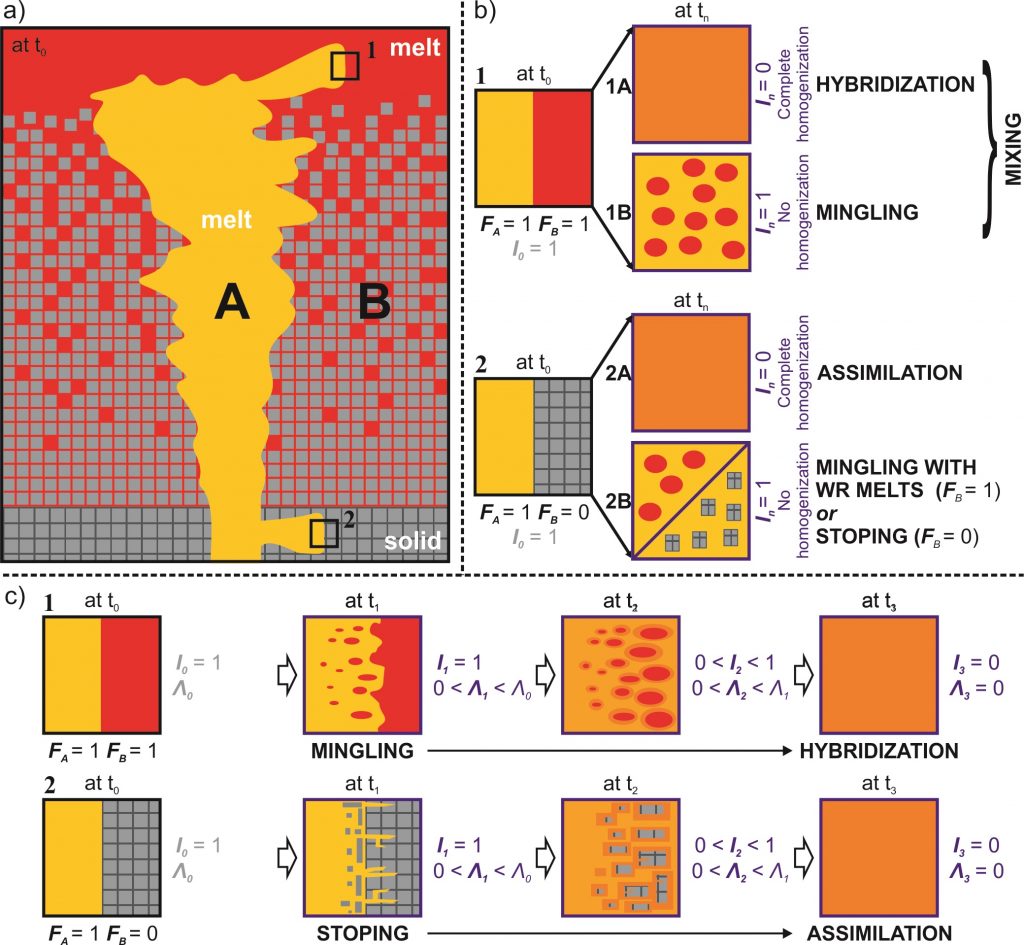The National ILP (International Lithosphere Program) Committee of Finland organized the 11th Lithosphere Symposium during January 19-20, 2021. The PALIN-project and projects related to it gave five presentations online (listed below). Abstracts are available online here.
More to follow at EGU 2021, where we will for example be showcasing the Magma Chamber Simulator on a short course. Be sure to tune in!
—
Suomen kansallinen litosfäärikomitea (osa Kansainvälistä litosfääriohjelmaa, ILP) järjesti 11. Litosfääri-symposiumin 19.-20.1.2021. PALIN-projekti ja siihen liittyvät projektit olivat esillä viiden verkkoesitelmän voimin (listattu alla). Esitysten tiivistelmät ovat saatavissa täällä.
Lisää tulossa EGU 2021 -kokouksessa, jossa muun muassa esittelemme Magmakammiosimulaattoria lyhytkurssilla. Liity seuraan!
Lithosphere 2021 presentations:
Fred R, Heinonen A, Heinonen JS: Fractional crystallization of massif-type anorthosite parental magmas and equilibrium crystallization of monzodioritic residual magmas.
Järvinen V, Halkoaho T, Konnunaho J, Heinonen JS, Rämö OT: Sm-Nd isotope systematics of the Precambrian mafic-ultramafic Näränkävaara intrusion.
Latypov R, Heinonen JS, Chistyakova S: Thermodynamic constraints on assimilation of floor cumulates by superheated basaltic-andesitic melts in the Bushveld Complex, South Africa.
Rantanen AM, Whipp DM, Heinonen JS, Kaislaniemi L, Putz M: Influence of pulsed magmatic activity, latent heat, and partial melting on the strength of the continental crust.
Virtanen VJ, Heinonen JS, Barber N, Molnár F: The effects of assimilation on sulfide saturation and the formation of norite-hosted Cu-Ni deposits in the Duluth Complex, Minnesota.








